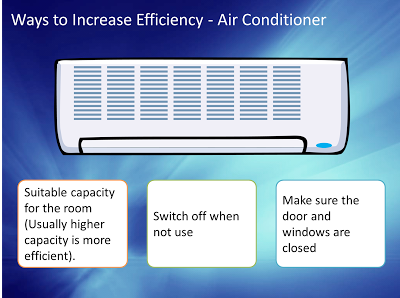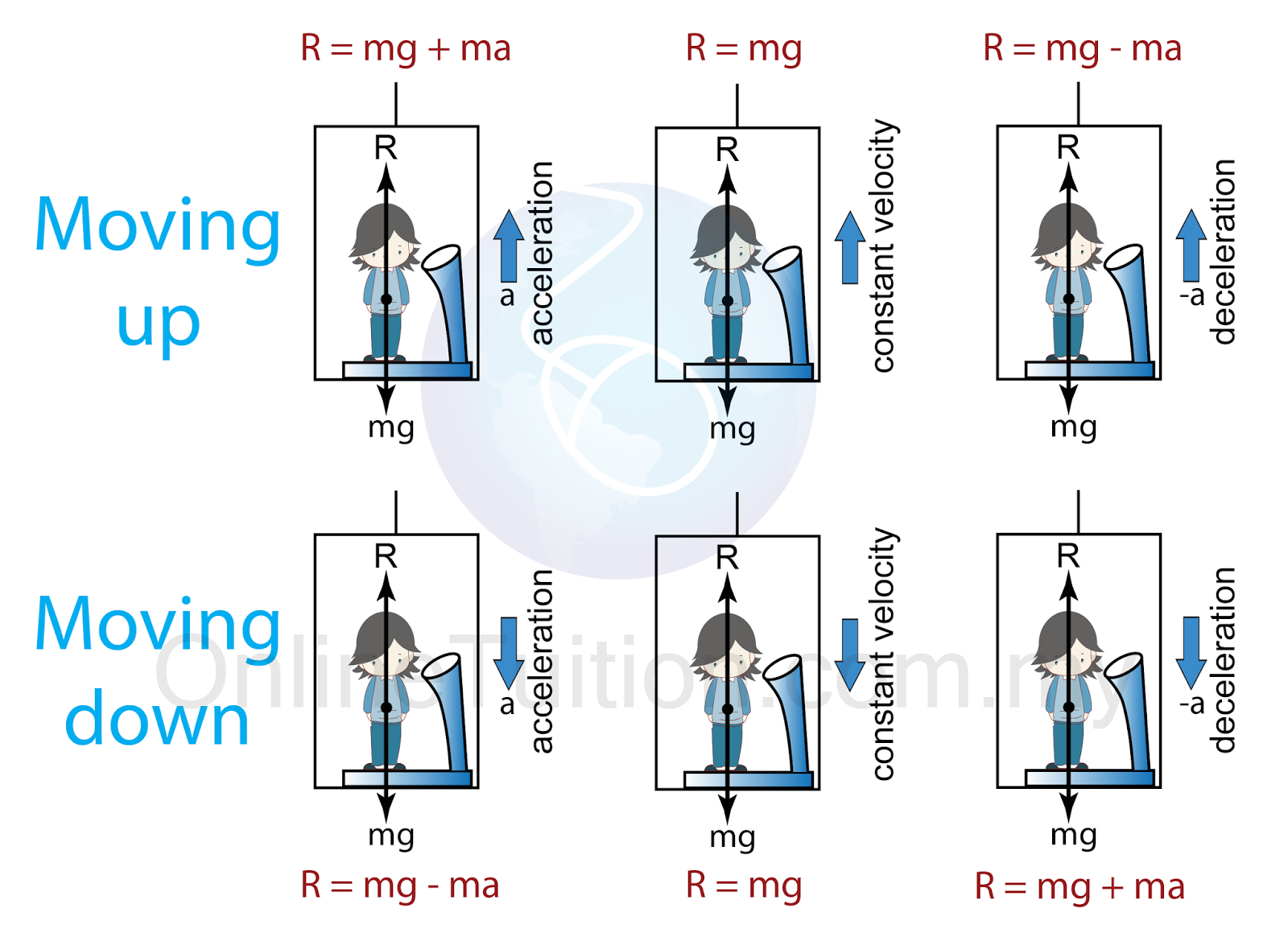The efficiency of a device is defined as the percentage of the energy input that is transformed into useful energy.
In the example above, the input power is 100J/s, the desire output power (useful energy) is only 75J/s, the remaining power is lost as undisire output. Therefore, the efficiency of this machine is
Efficiency= 75 100 ×100%=75%
Air Conditioner
- Switch off the air conditioner when not in use.
- Buy the air conditioner with suitable capacity according to the room size.
- Close all the doors and windows of the room to avoid the cool air in the room from flowing out.
Refrigerator
- Always remember to close the door of refrigerator.
- Open the refrigerator only when necessarily.
- Always keep the cooling coil clean.
- Defrost the refrigerator regularly.
- Choose the refrigerator with capacity suitable for the family size.
- Refrigerator of large capacity is more efficient compare with refirgerator of small capacity.
Lamp or Light Bulb
- Use fluorecent bulb rather than incandescent bulb. Fluorescent bulbs are much more efficient than incandescent bulbs.
- Use a lamp with reflector so that more light is directed towards thr desirable place.
Washing Machine
- Use front-loading washing machine rather than top-loading wahing machine because it uses less water and electricity.
- Use washing machine only when you have sufficient clothes to be washed. Try to avoid washing small amount of clothes.



















